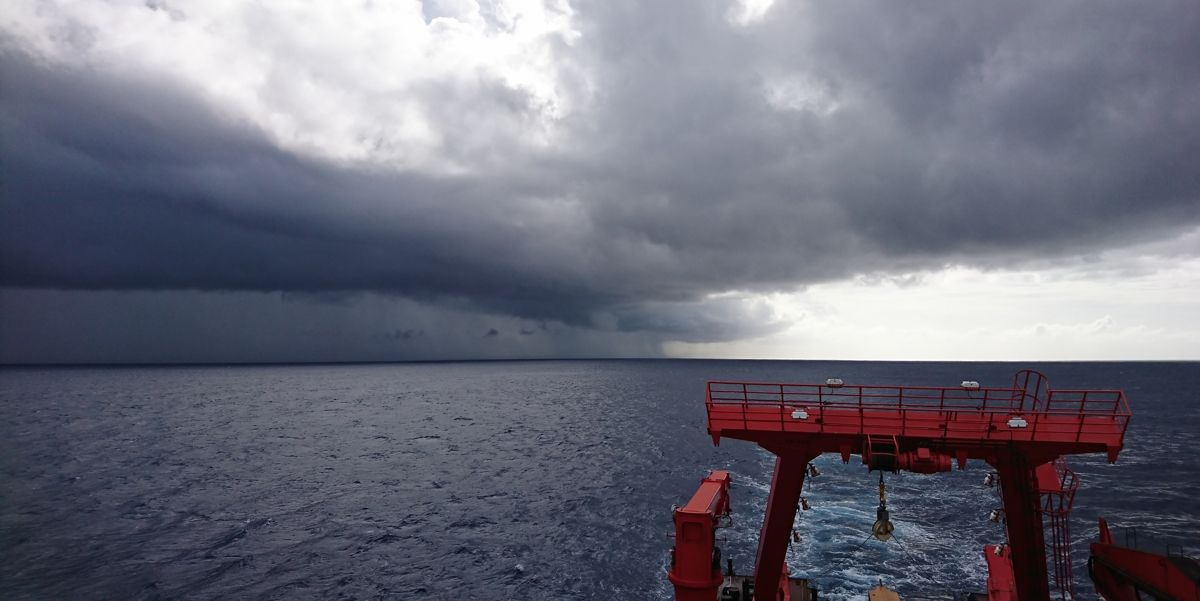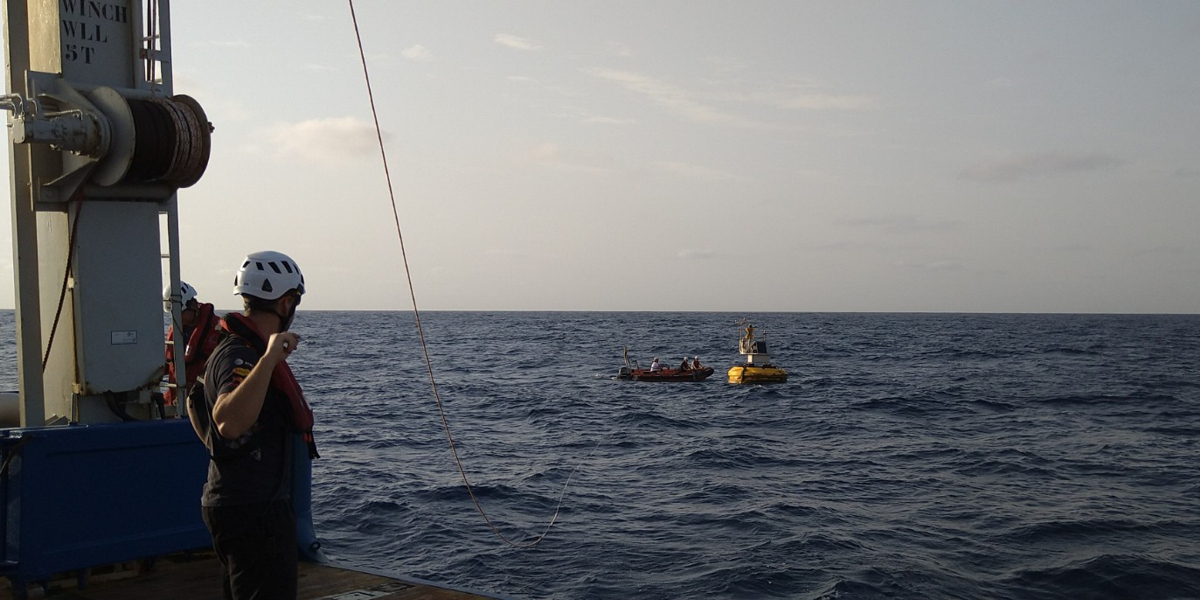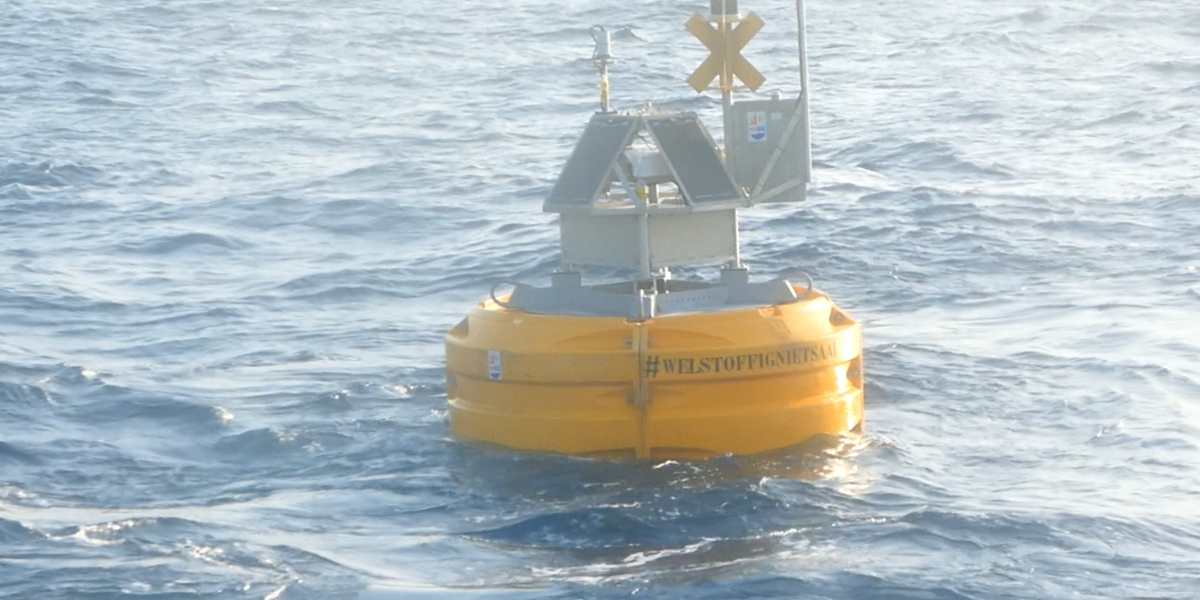
There are large seasonal differences between dust that is blown westward from the Sahara every year with low-level dust transported by the Trades in winter versus high-level (> 5 km) dust transported by the so-called Saharan Air Layer in summer. This seasonality has large impacts on the amounts of dust as well as the physical properties such as particle size of those dust particles; there is more summer dust than winter dust and it is much coarser-grained in summer. This seasonality was already explained in previous papers based on the submarine sediment traps.
Michèlle and co-workers now for the first time compared the material from the submarine traps with time series of Saharan dust that was collected using autonomous dust-collecting buoys that were constructed at NIOZ (in close collaboration with colleagues from MARUM - Bremen, Germany) and concluded that the apparent seasonality could not be observed in the samples from these buoys. The reason for this is fairly simple; it is a combination of the altitude at which the dust is blown across the atmosphere and the way that the dust is deposited onto the ocean: by gravitational fallout (dry deposition) or by precipitation (wash-out by rain: wet deposition). The summer dust is blown well above the buoys at sea level, and therefore is not collected in the buoy filters. In addition, the rains that occur predominantly in summer/autumn make sure that the fluxes in this time of year are much higher relative to the rest of the year.

The finding that it is the rains that set the pace of seasonal changes in dust deposition has major consequences for the potential role of wet-deposited dust, as a potential fertiliser for the ocean and demonstrates once more the complex interplay between dust particles, rain-drop formation and both dry and wet deposition of dust into the ocean.
However, we have no idea how much dust is washed into the ocean by rains. To study this wet deposition and to try and quantify it, a NWO-XS grant was awarded to Jan-Berend Stuut to construct an autonomous wet-dust collector, which will be installed on the dust-collecting buoys. We hope to install the wet-dust collectors on dust-collecting buoys Carmen and Laura during expedition SIPA onboard the German research vessel Meteor in November-December 2021. Stay tuned for a blog that we will be keeping on this site!

The paper is open access and can be found here.
Michèlle is now a post-doctoral researcher at the Alfred Wegener Institute in Bremerhaven, Germany.